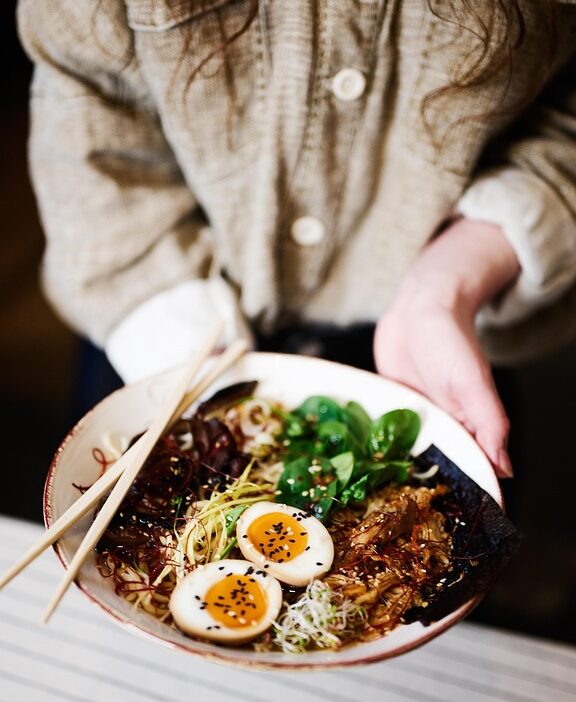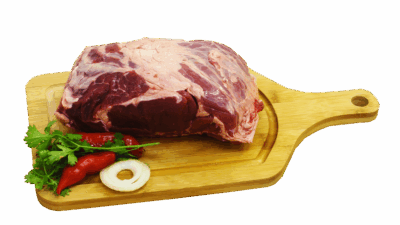Baking is often regarded as a science, blending precise measurements and techniques to create delightful treats. Among the myriad of baked goods, pastries hold a special place—flaky, buttery, and rich in flavor. Whether you dream of crafting delicate croissants or flaky puff pastry, mastering the art of pastry making will leave you with a sense of accomplishment and a kitchen filled with irresistible aromas. In this guide, we unveil the secrets to achieving pastry perfection every time.
Understanding the Basics of Pastry
Before diving into specific recipes, it’s essential to grasp the key components that make up successful pastries:
-
Quality Ingredients: Use high-quality ingredients such as unsalted butter, fresh flour, and pure vanilla. The quality of your components greatly influences the final product.
-
Temperature Matters: Keep your ingredients, especially butter and water, cold. Cold butter creates the layers necessary for flaky pastries, while cold water ensures that the fat doesn’t melt before baking.
-
Precision is Key: Baking is an exact science. Measuring ingredients with a kitchen scale leads to more consistent results than volumetric measuring.
- Techniques to Master: Familiarize yourself with essential techniques such as cutting butter into flour, rolling dough evenly, and properly chilling pastry for optimal texture.
The Secrets to Perfect Pastries
1. Cold Butter and Water
For pastries like pie crusts and puff pastry, keep your butter and water ice-cold. When you cut cold butter into flour, the small pieces of butter create steam during baking, resulting in flaky layers. Invest in a pastry cutter or food processor for this step, as achieving the right consistency is crucial.
2. Resting Your Dough
Always allow your dough to rest in the refrigerator for at least 30 minutes. This step relaxes the gluten, making it easier to roll out without shrinking back. Resting enhances the texture and flavor, giving you a better pastry.
3. Proper Rolling Techniques
When rolling out your dough, start from the center and work your way outwards. Rotate the dough every few rolls to maintain a uniform thickness. Dust your work surface with flour to prevent sticking, but be sparing—too much flour can affect the texture.
4. Blind Baking for Stability
For tarts and quiches, blind baking (pre-baking the crust) is essential. Use parchment paper and pie weights to prevent the crust from puffing up. This technique ensures that your pastry is crisp and holds its shape when filling is added.
5. Experimenting with Flavor
Add a twist to your pastries by incorporating flavorings into your dough, such as citrus zest or spices. Infusing your cream or milk with vanilla beans, fresh herbs, or even spices can elevate the flavor profile without much extra effort.
6. Brush for the Golden Touch
To achieve that perfect golden color on your pastries, brush the surface with an egg wash (a mixture of beaten egg and a splash of water or milk) before baking. This not only gives a shiny finish but also enhances the flavor.
7. Know Your Oven
Baking is less about following a fixed recipe and more about understanding your oven. Invest in an oven thermometer to ensure accurate temperature readings. Many home ovens can be off by 10-20 degrees, affecting how your pastries rise and brown.
8. Timing is Everything
Keep a watchful eye on your pastries as they bake. Use a timer, but trust your intuition. Pastries can go from golden brown to burnt in mere moments. Knowing how your specific oven behaves can help in getting that perfect baking time.
Conclusion
Baking pastries may seem daunting, but with a bit of practice and these foundational secrets, you can achieve baking bliss. Start simple with recipes like pie crust or puff pastry, and as you gain confidence, experiment with more intricate creations. In no time, your kitchen will transform into a pastry paradise, filled with the sweet scent of freshly baked delights. So gather your ingredients, roll up your sleeves, and embark on your journey to pastry perfection! Happy baking!



